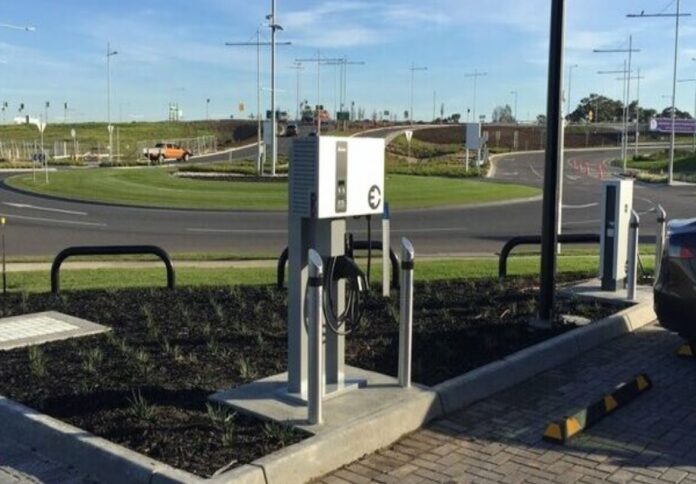
JET Charge, a company that manufactures electrical power equipment, has secured a $1.65 million contract to design, supply, install, and commission the electric bus charging infrastructure at Elizabeth Quay bus station in Perth.
This project includes the installation of 18 electric bus charging dispensers, a charging management system, and accompanying software, the government said in a media statement.
Upon completion, Elizabeth Quay will become the first bus station in Western Australia capable of supporting electric buses.
The installation work is set to commence in early 2024, and the first electric Perth CAT bus will start operating by the middle of the following year.
By mid-2025, all 18 electric Perth CAT buses will be in service, each capable of travelling approximately 330 kilometres on a single charge.
This initiative is part of a $250 million collaborative effort between the Australian Government and the Western Australian Government.
The project involves delivering 130 new electric buses, establishing charging infrastructure at key depots and making significant upgrades to manufacturing facilities to support electric bus production.
The deployment of the new electric bus fleet follows a successful trial that began with four electric buses operating in the Joondalup area in February of the previous year.
These buses, still in service, are powered by a high-voltage EV charging system from the Joondalup Bus Depot.
The trial results from the first year indicate that the electric buses have carried over 250,000 passengers across 140,000 kilometres, resulting in a reduction of approximately 230 tonnes of carbon dioxide emissions.
This progress marks a significant step toward a greener and more sustainable public transportation system in Western Australia.
Federal Minister for Infrastructure, Transport, Regional Development, and Local Government Catherine King highlighted the Australian Government’s collaboration with the WA government in advancing crucial transport projects aimed at enhancing services and commute times for public transport users in Perth.
“This funding partnership with the Western Australian Government will continue to boost the Perth economy for years to come by supporting the growth of vibrant urban centres through integrated transport and providing sustainable alternative transport options,” King noted.
Western Australian Transport Minister Rita Saffioti underscored the commitment of both governments to transitioning the bus fleet to full electrification, a significant step towards achieving this goal.
“We’re investing in new electric buses, but also ensuring we have the infrastructure in place to support those electric buses and delivering the facilities so we can manufacture and build the buses right here in Western Australia,” stated Saffioti.
The minister also noted the environmental advantages of electric buses, emitting fewer greenhouse gases compared to diesel and natural gas-powered counterparts.
“By the middle of next year Perth CAT passengers will be able to get around the CBD in a more environmentally friendly way,” Saffioti concluded.



















